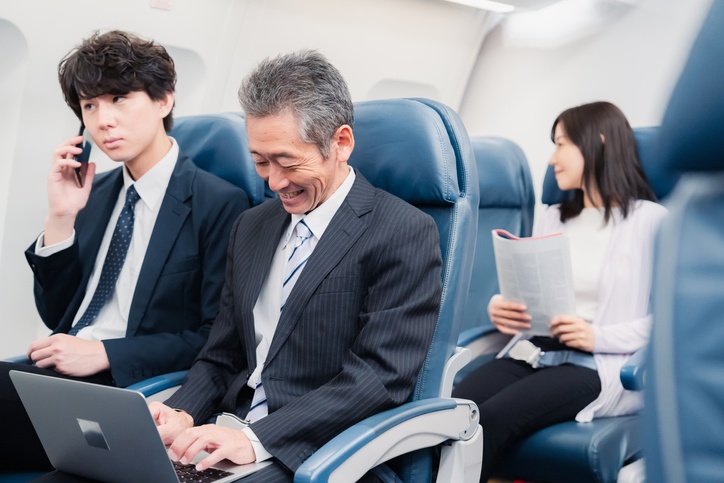We’re all aware that the initial move to a new country is likely to come with lots of anxiety. We may have already planned how we will get around our new city, checked the bus route, parking areas, or train schedules. Once settled in a new international home, we aren’t going to stay inside for long. And there are places to see outside the cities, but the more “off the beaten track,” the fewer options there may be for transportation, and passes and tolls can be confusing.
Public transit systems in most countries offer passes that can give you unlimited travel for a certain amount of time for a set fee, but it’s important to check the fine print of the deals. For example, if you’re visiting Japan and want to take the shinkansen (bullet train), you might consider a discount pass. But if your destination doesn’t require multiple trips, you’ll save money by forgoing the pass. Note that if you’re a new resident – with a residence pass to prove it – you’re ineligible for the discount pass. The Seishun-18 ticket may seem like an excellent deal for families as it allows 5 people one full day of “all-they-can-ride” but the express trains are not included, and you may find yourself on a countryside platform with cranky children waiting forty minutes for the next local train.
Even if you’re not taking public transportation, it is wise to look up information on how to take advantage of programs that can get you speedily on your way while minimizing cost. Around the U.S., interstate passholder lanes can save a ton of travel time by allowing drivers to bypass congestion. However, many use dynamic pricing, meaning a charge of a few cents during off-peak hours can swell to a dollar or more during rush hour. Drivers unfamiliar with the system can be shocked when the charges applied for the time they drove are wildly different than what they calculated. Also note that many U.S. interstates have removed tollbooths entirely and drivers without a transponder pass will get a bill in the mail thanks to license plate readers. Drivers with a pass typically get a discount.
Living Abroad’s destination reports offer extensive ‘Get Around’ sections, with information on mass transit, driving conditions, and links to local websites that can help you find the specific details for planning your trip. While wasting a few hours or some extra money isn’t the worst thing in the world, it is easily avoided with proper research.
Written by Kate Havas, GMS-T, Content Manager


